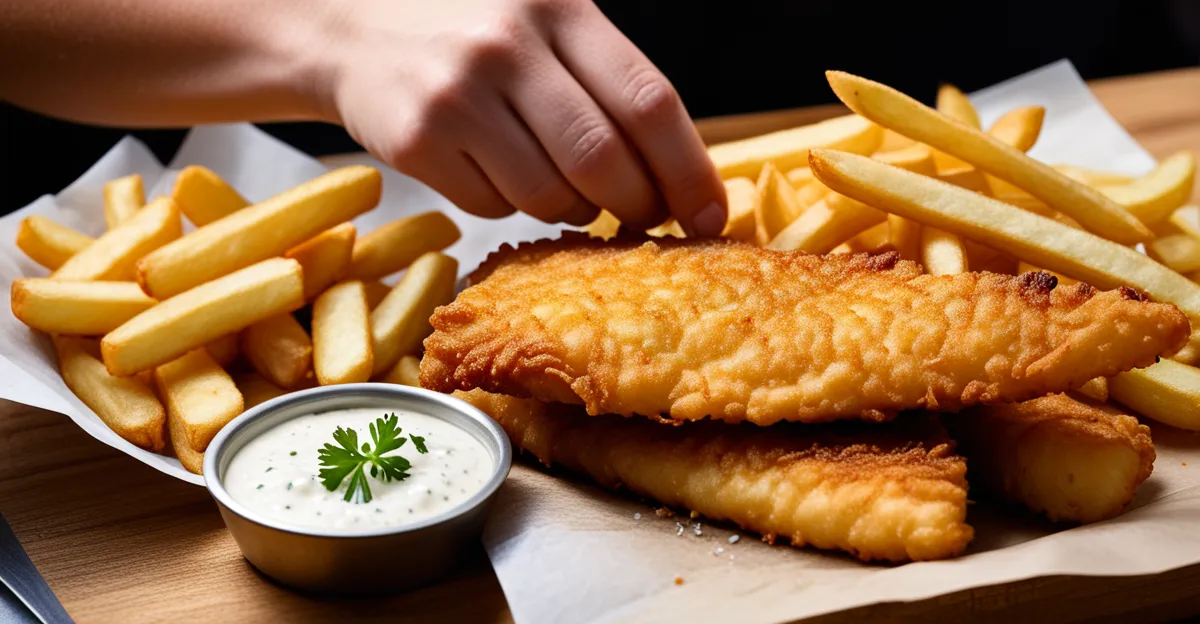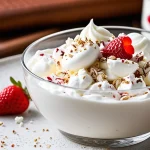Step-by-step process for perfect homemade fish and chips
Small steps make a big difference in mastering homemade fish and chips with authentic taste and texture.
Start by selecting fresh, quality fish, then prepare your batter with care. To begin, coat the fish evenly—this is crucial for a crispy, golden finish that isn’t soggy. A chilled batter mixed just before frying helps prevent greasy results and ensures a light crust.
Also read : How do you prepare a classic British Sunday roast?
For the chips, start by cutting potatoes into uniform shapes to cook evenly. Rinse and dry them thoroughly; moisture causes limp fries. Begin frying chips at a lower temperature to cook through, then finish at higher heat for crispness.
When frying, maintain oil temperature between 175°C and 190°C (350°F–375°F). Fish cooks quickly, so fry it separately to avoid flavor cross-contamination and to keep batter crisp. Drain both fish and chips on paper towels, then give them a brief rest to set the texture.
In the same genre : What are the key ingredients for a classic Eton mess?
Finally, enjoy your fish and chips freshly cooked for the best crunch and flavor. This step-by-step fish and chips guide ensures beginners avoid common pitfalls and achieve the classic taste of traditional fish and chips every time.
Preparing the batter and coating the fish
A well-made fish and chips batter is the cornerstone of crispy, golden fish. Begin by combining cold sparkling water with plain flour and a pinch of baking powder. The cold water slows gluten formation, ensuring a light, airy texture. Whisk gently—overmixing can develop gluten, making the batter tough rather than crisp.
Aim for a consistency slightly thicker than pancake batter. This allows the batter to cling well yet remain crisp after frying. Some recipes add a touch of cornflour to enhance crunchiness. Keep your batter cold until frying; chilling it is essential to achieving the signature crunch of traditional fish and chips.
Coating the fish evenly is equally critical. Dry fish fillets thoroughly to help the batter adhere without sliding off. Dip fillets into the batter, letting excess drip away—too much batter results in a heavy, soggy crust. Fry immediately after coating to prevent the batter from absorbing moisture.
Following this step-by-step fish and chips guide guarantees your homemade fish and chips feature the ideal crispy batter coating. It avoids common issues like soggy or uneven batter, helping beginners nail the classic texture every time.
Choosing the best fish and ingredients
Selecting the best fish for fish and chips directly influences the final taste and texture. Traditional fish and chips often use white fish like cod, haddock, or pollock. Cod is mild, flaky, and tender, widely favored for its clean flavor. Haddock offers a slightly stronger taste with firmer flesh, while pollock is a budget-friendly alternative with a delicate texture. Choosing among these depends on your preference and availability.
Freshness is paramount; fresh seafood for frying ensures a moist interior and prevents the fish from becoming rubbery. Always select fish that smells like the sea, without a strong fishy odor. Sustainable sourcing also matters, preserving fish stocks and supporting responsible fisheries.
Aside from fish, quality fish and chips ingredients include proper flour for batter, good cooking oil with a high smoke point, and fresh potatoes for chips. Using fresh, wholesome ingredients maintains the authentic flavour and texture you expect from a traditional fish and chips dish.
In summary, your fish choice and ingredient quality set the foundation for excellent homemade fish and chips. Prioritize fresh, sustainable fish varieties like cod or haddock, and prepare your ingredients carefully following a reputable fish and chips recipe. This attention to detail is the first step in your step-by-step fish and chips guide toward perfection.











